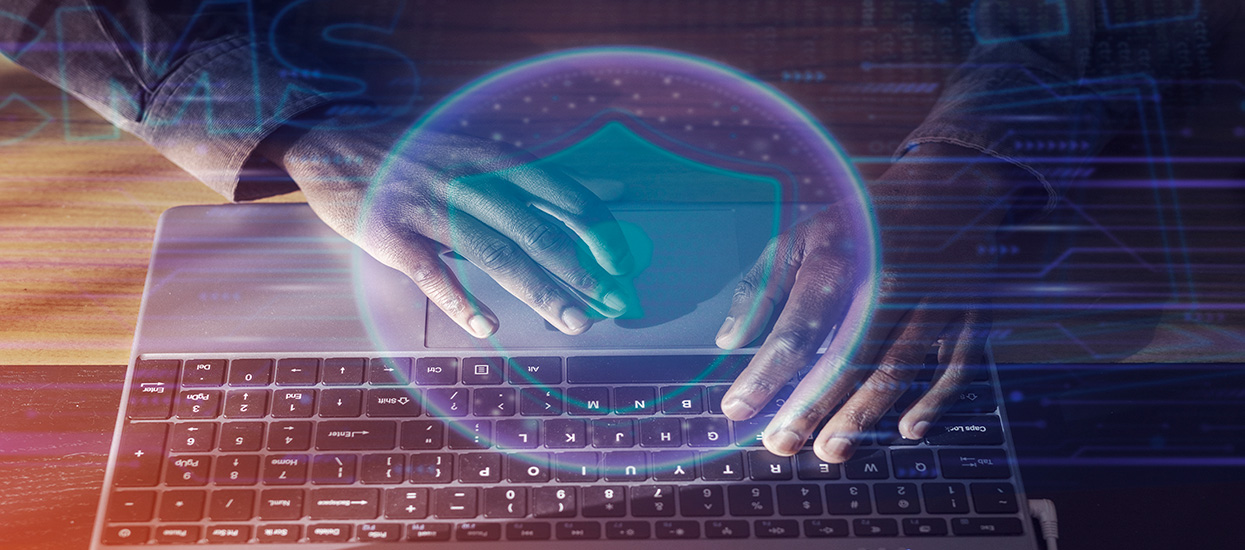
With each passing year, the cybersecurity landscape grows more complex. Cybercriminals hone their craft, while digital transformation and increasing use of artificial intelligence (AI) across industries create vulnerabilities.
Indeed, 2024 saw some of the worst cyber-attacks on healthcare in history. Take, for example, the Change attack, which adversely affected the care delivery of thousands of healthcare facilities across the US.
Amid a shifting geopolitical landscape and rapidly evolving technology, cybersecurity is undergoing major changes. It is crucial for companies to leverage relevant technology advancements, comply with tightening regulations, and implement strong cybersecurity strategies to not only stay afloat, but power ahead of their competition.
What are the cybersecurity trends we will see in 2025, and how will they affect organizations?
Cybercriminals now burrow into software and smaller organizations within the value chain to invade larger institutions.
The Impact of Artificial Intelligence (AI)
In this escalating threat environment, cybercriminals use artificial intelligence to enhance their capabilities.
Cybercriminals now burrow into software and smaller organizations within the value chain to invade larger institutions. For example, phishing emails that are generated by AI make it harder to identify attackers, and deepfakes created by audio and video produced using AI increase vulnerability to disinformation and fraud.
This usage of AI is creating a need for greater vigilance and stricter security protocols.
Cybersecurity Regulations
One of the most prominent cybersecurity trends is tightening laws: Governments around the world are focusing on data privacy, the protection of critical infrastructure, and mandatory incident reporting. Organizations must quickly adapt to these evolving standards, or brace themselves for hefty fines and penalties.
Cyber Insurance Requirements
More businesses will turn to cyber insurance for protection as threats in cyberspace burgeon. However, for insurance providers, rigorous risk assessments and proactive security measures will be essential before offering coverage. This is driving companies to invest in costly security systems to meet the qualifications for insurance.
Operational Technology (OT) Security
In 2024, the number of global Internet of Things (IoT) connections shot up to a staggering 18 billion. This is expected to increase to 20.1 billion in 2025. Endpoint security has never been more crucial.
Cybercriminals are increasingly targeting inadequately secured IoT devices as vectors for launching attacks, making operational technology (OT) security a major priority for organizations.
Insider Threats
With an increasingly distributed work environment, insider threats, even those that are accidental, will be harder to detect. To control these threats, enterprises must implement behavioral analytics, continuous monitoring, and strong access controls.
Cybersecurity Training
Cybersecurity awareness training will be a requirement for all employees, from entry-level to senior leadership. Recognizing that human error remains one of the weakest links in security, organizations will invest in regular, scenario-based training programs to reduce risks and enhance overall security resilience.
Cybercriminals are increasingly targeting inadequately secured IoT devices as vectors for launching attacks.
As we move into 2025, the cybersecurity landscape will continue to evolve at a rapid pace, driven by increasing cyber threats, regulatory pressure, and technological advancements.
Organizations must stay agile and proactive in addressing emerging risks, from tightening regulations to the rise of insider threats to the growing complexity of securing IoT devices.
Ultimately, the future of cybersecurity will be shaped by a collective effort to strengthen defenses, foster a security-conscious culture, and adapt to an ever-changing digital environment. Organizations that embrace these shifts will not only mitigate risks but also build a foundation for long-term resilience and success in the face of evolving cyber threats.
If you want to take a deeper dive into the cybersecurity trends of 2025, contact us now and speak to one of our experienced cybersecurity consultants.
Please fill the details below. A representative will contact you shortly after receiving your request.